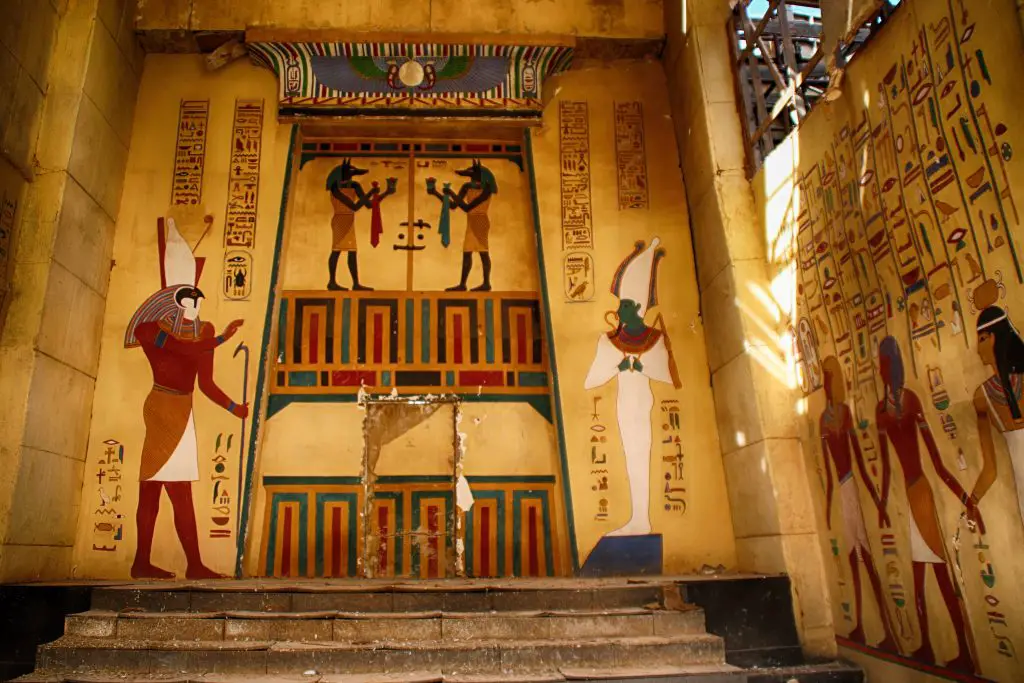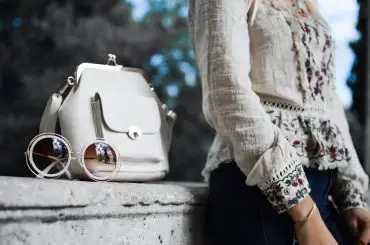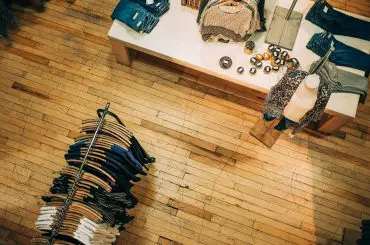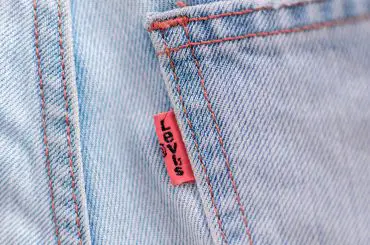Contents
- 1 How has men’s fashion changed?
- 2 Evolution of Men’s clothing
- 3 The positive impact of modern Men’s fashion
- 3.1 Stricter to simpler.
- 3.2 Desensitize to more sensitive.
- 3.3 High expensive to minimalist
- 3.4 The first impression is the best.
- 3.5 Trends come and go once again.
- 3.6 Fewer differences in colors and shades
- 3.7 Accessories have become more accepted by men than ever before.
- 3.8 Complexity has become simpler.
- 3.9 Men’s and women’s clothing have become more alike.
How has men’s fashion changed?
Men’s Fashion has always been a big part of men’s lives. From their first pair of pants to their last shirt, they want to look good and feel confident in their outfits. However, fashion has changed drastically over the years. Men don’t just wear suits anymore—they’re more likely than ever before to ditch them for something more casual or even trendy. This can be good news if you’re not into suits and bad news if you like wearing formal attire! Here are some ways men’s fashion has changed over time.
Evolution of Men’s clothing
Egyptian civilization
The Egyptian civilization developed about 3000 B.C. in the Nile Valley. The Egyptian men used the fiber from the flax plant to weave a cloth called linen. Sometimes the fabric was woven so subtly that it was transparent. The Egyptians bleached the linen white to stand out against their dark bodies, and sometimes they starched and pleated it into stiff, triangular forms.
Sumerian
Sumerian men wore carefully groomed beards, and hair and fleece were seen as symbols of male strength. Later, when the Babylonians, Assyrians, and Persians each conquered the area, they continued the tradition, wearing fringed tunics, fringed shawls wrapped diagonally over the body, and carefully manicured beards for men.

Greece
During the period known as Archaic Greek, narrow pieces of wool were sewn together to make semi-fitted tunics. With the coming of the Golden Age of Greece in the 5th century B.C., the Greeks developed wider tunics of lighter and more supple linens and woolens than had been worn in the past.
They also discovered the beauty of draping and pinning these soft fabrics around the body rather than cutting and sewing them. A rectangle of material was folded in half, half placed to the front and half to the back of the body to make tunics called chitons. Decorative pins or clasps called fibulae were used at the shoulders to hold the material on the body.
Rome
Roman clothing styles were mainly borrowed from the Greeks. Men wore a T-shaped tunica, or tunic, with a Greek-style outer garment called the pallium. But they also wore another garment, the toga, that was distinctively Roman.
The toga was a huge half-circle of fabric draped over the left shoulder under the right arm. Roman citizens could only wear it. The toga of a government official always had a purple border. During the Roman Empire, imperial togas and tunics were often made of embroidered silk imported from China.
Middle Ages
In this era, Men wore a close-fitting jacket that ended at the hips, known as a cotehardie. Men wore smoothly fitted hoses to cover their legs. By the end of the 14th Century, they wore a fabulous gown with flowing sleeves known as the houppelande. The clothing of wealthy people was fancifully decorated, inspired by the decorations of Gothic architecture.
The Renaissance
During the 15th Century in Italy, classical Greece, and Rome, a belief in the beauty of the human form led to simple and youthful clothing. By the close of the Century, young men in Italy wore small caps and very short, low-cut jackets that were laced over soft, low-cut shirts. Sleeves were tied to the jacket with laces rather than sewn.
Legs were encased in the tight hose that reached the waist, and a piece of fabric known as a codpiece was tied over the opening below the waist. In the early 16th Century, the High Renaissance ideal of complete, rounded forms replaced the youthful ideal. Puffed sleeves, full skirts, and a full silhouette resulted in both male and female dresses. During the Reformation, European clothing became artificial and unnatural in shape, color, and decoration. By the later 16th Century, men’s doublets, or jackets, were stiffened and pointed to the waist.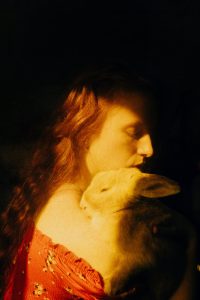
17th Century
At the start of the 17th Century, clothing styles relaxed. Men of the time wore soft shirts, high leather boots, and broad-brimmed hats. Wide lace collars replaced stiff neck ruffs. Men’s hair was long and hung loose to the shoulder.
18th Century
For most of the 18th Century, the French court continued to set the fashion in Europe and the New World. After Louis XIV died in 1715, clothing styles again relaxed somewhat. Heavy clothing was gradually replaced by garments made of lighter, shiny fabric in pastel colors.
Smaller, powdered wigs curled close to the head. This was the rococo age when lightness, elegance, and charm dominated all the arts. Men’s coats now had much fuller skirts, and vests gradually became shorter. Knee breeches fit tightly to the leg over white silk stockings, while shoes had lower heels and buckles instead of bows. Men’s three-cornered hats were called tricornes.
19th Century
In the 19th Century, men’s clothing became darker and plainer. Top hats were popular headwear, and most men sported mustaches or beards.
The positive impact of modern Men’s fashion
Men’s fashion has changed a lot in the last few hundred years. We’ve come a long way since men’s fashion was reserved and strict. Nowadays, people are more expressive with their clothes than ever before: they wear bright colors, bold prints, and even pants! Trends come and go once again—but there are always new trends emerging from time to time.
Stricter to simpler.
When men’s fashion started, it was much more formal and conservative. The look was more reserved and rigid—meaning that there were rules about how to dress for your outfit to be considered proper. For example, wearing too-short pants or shorts without socks would have been considered inappropriate for an extended period. But today many people are making ways to wear shorts even for weddings.
Desensitize to more sensitive.
Fashion is a way of expressing ourselves, and it’s becoming increasingly common for men to wear clothing that reflects their value system. One might be wearing something that says, “I care about the environment,” or “I’m into history,” or even something as simple as “I like cats. “From these men try to expose themselves to the world more sensitively.
High expensive to minimalist
Men were using their wardrobes in unbelievable ways just a few years ago. For example, Justin Timberlake wore an expensive suit on stage during his halftime show at Super Bowl LII because he wanted everyone to know how much money he had spent on his outfit – not because he was trying out any new trends or fads! But now, every man tries to be minimalist. Being minimalist leads to making more and more trends in fashion.
The first impression is the best.
With the concept of “first impression is the best impression,” people tend to be trendier. Just think! Others see what kind of person you are through your appearance first. Only after they’ll have more respect for who you are as an individual (and vice versa). Secondly though? It makes life easier when things are simple – especially when planning parties!
Trends come and go once again.
Trends come and go, but they only sometimes stay gone. The fashion industry is a huge business, so it’s no surprise that trends can be complex to keep up with. However, you’ll notice that certain styles seem to stick around for a while—and not just because they’re famous or comfortable; something about them makes them unique.
For example: if you look at pictures of celebrities wearing jeans back in the ’60s or ’70s (the golden age of denim), you’ll see how much better they look than today’s models with their skinny jeans and cropped tops! The reason? Back then, men weren’t trying so hard to fit into society’s mold—they were dressing like themselves!
Fewer differences in colors and shades
There are many differences between men’s and women’s clothing, but the difference between what a man wears and what a woman wears is no longer as pronounced. In the past, men’s fashion was more colorful and expressive than it is today. The colors were brighter, with more patterns; there were even ties! Today’s men wear less color (although not all of them), but they still have access to some pretty intense designs like this one:
Accessories have become more accepted by men than ever before.
Men’s fashion is changing because of the rise of accessories. In the past, men had to wear suits or jackets that matched their shirts and pants. But now there are more options for expressing yourself through your clothes, whether wearing a button-up shirt or a suit jacket with polished shoes.
Men can choose from many different accessories: hats, scarves and sunglasses; belts; watches; neckties (and bow ties); belts—the list goes on!
Complexity has become simpler.
Men’s fashion has changed a lot in the last few hundred years. In the past, men wore clothes that were more reserved and simpler. Nowadays, people are more expressive with their clothes than ever before. Trends come and go once again, but if you’re looking for something to wear this fall or winter, remember that you only have to get all dressed up if it feels right!
Men’s and women’s clothing have become more alike.
Fashion has gotten way crazier for men throughout the years, but that isn’t necessarily a bad thing. The style of clothing worn by men and women is becoming more alike than ever before. The difference between what they wear is becoming smaller every day, making it easier to find something that you can both wear together without looking like an idiot (or even worse).
We hope this article has been informative for you! We are all learning about the changes that have taken place in men’s fashion. Now that you know about them, it may help you decide whether these changes interest you as well.
Also Read: Best shoe types to wear with shorts for guys in 2023

